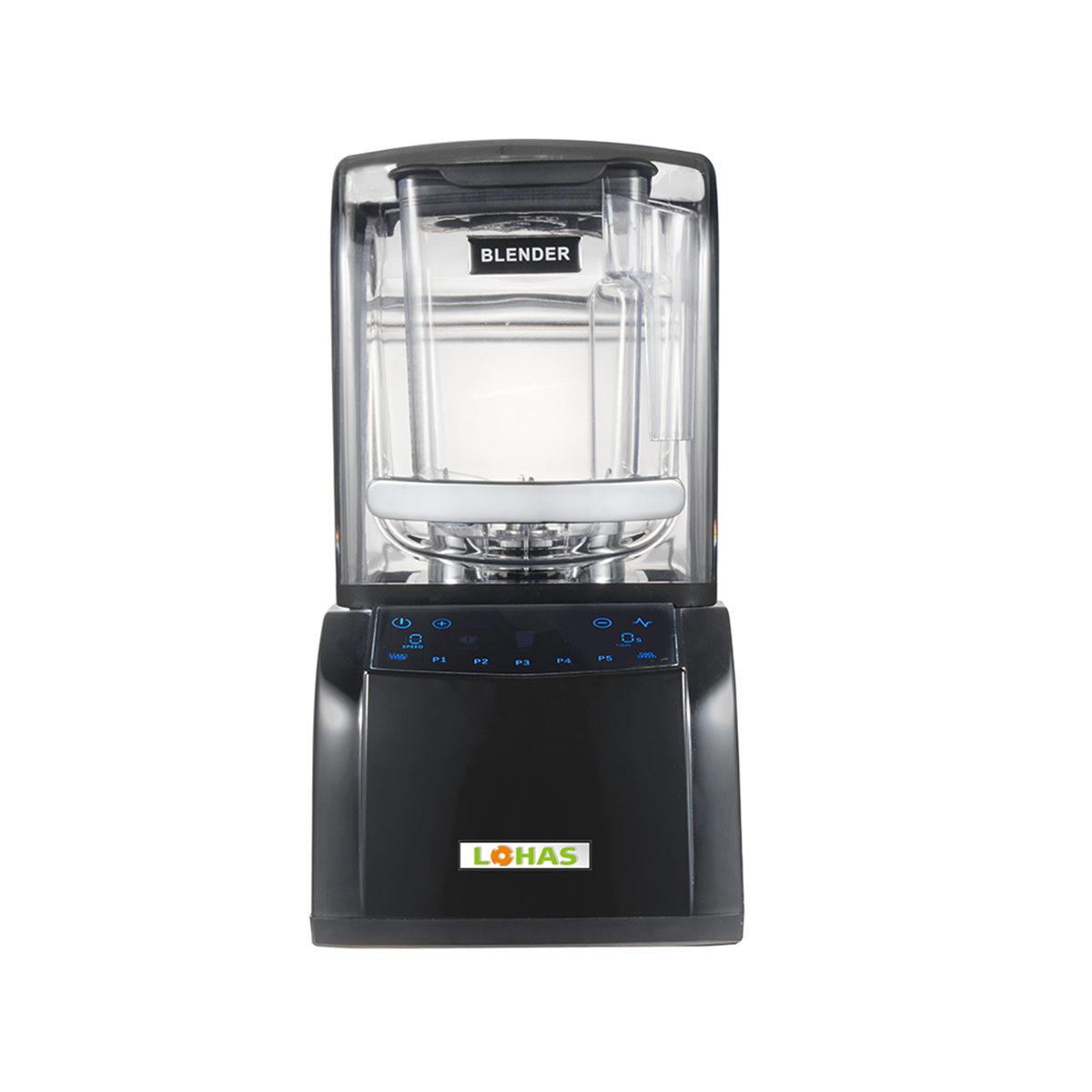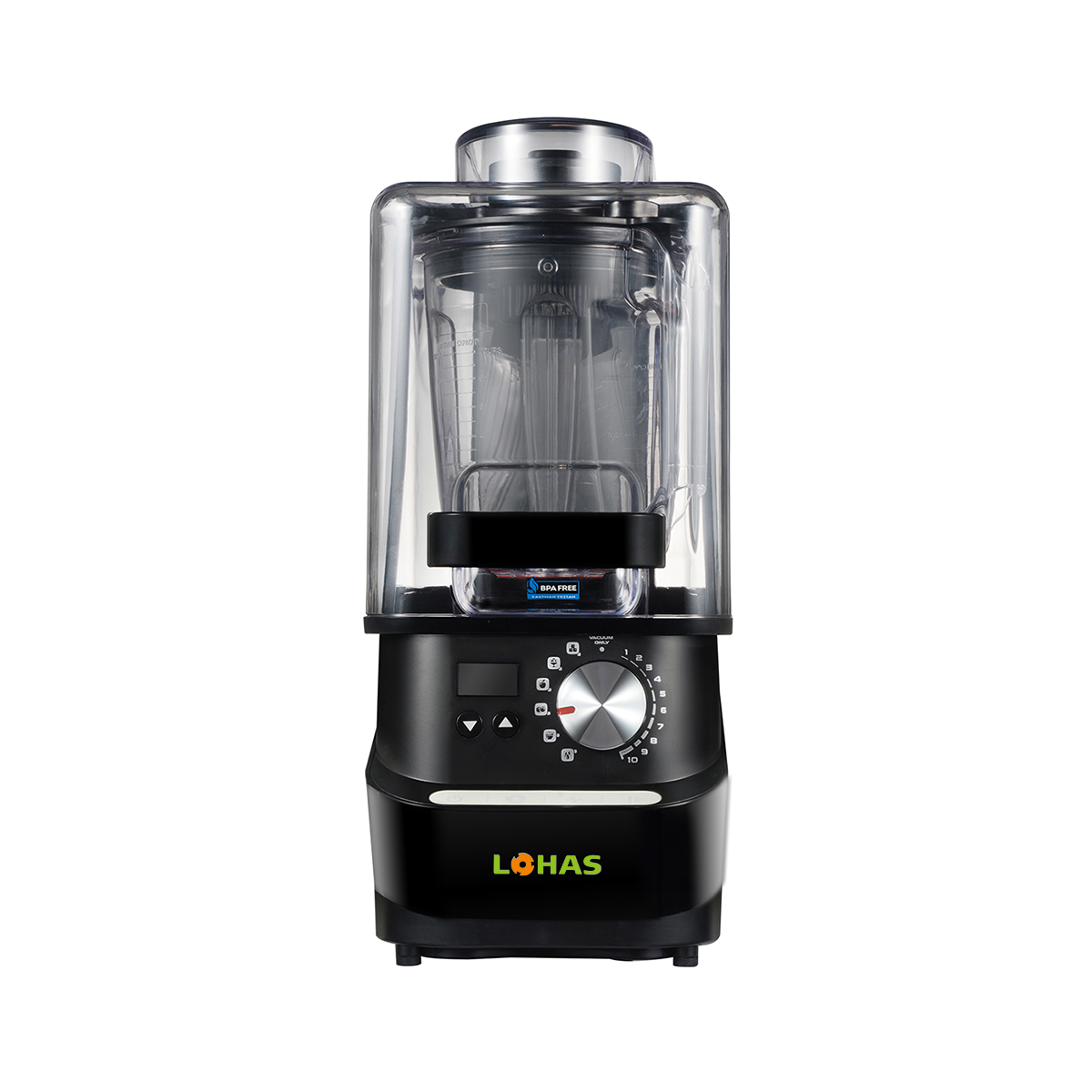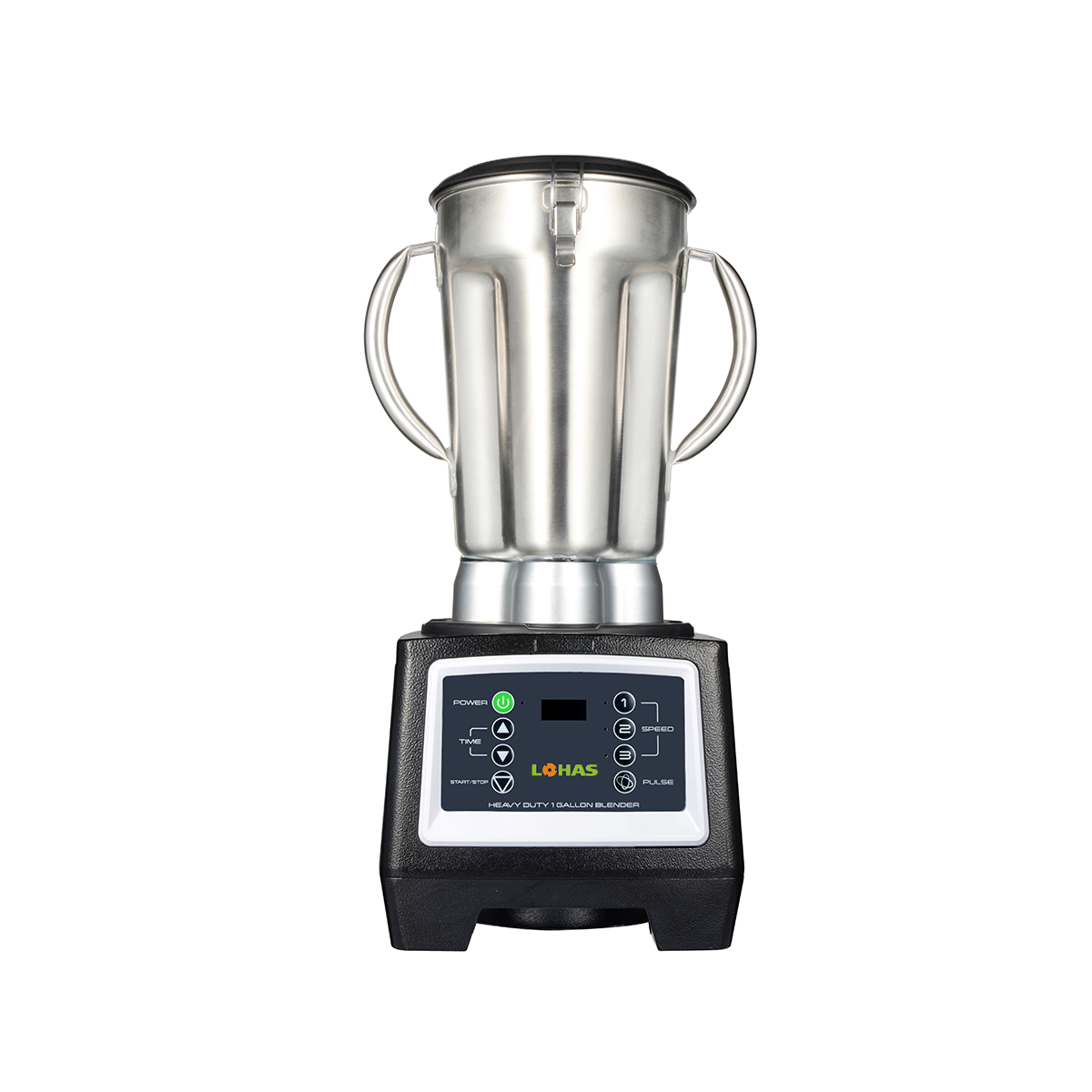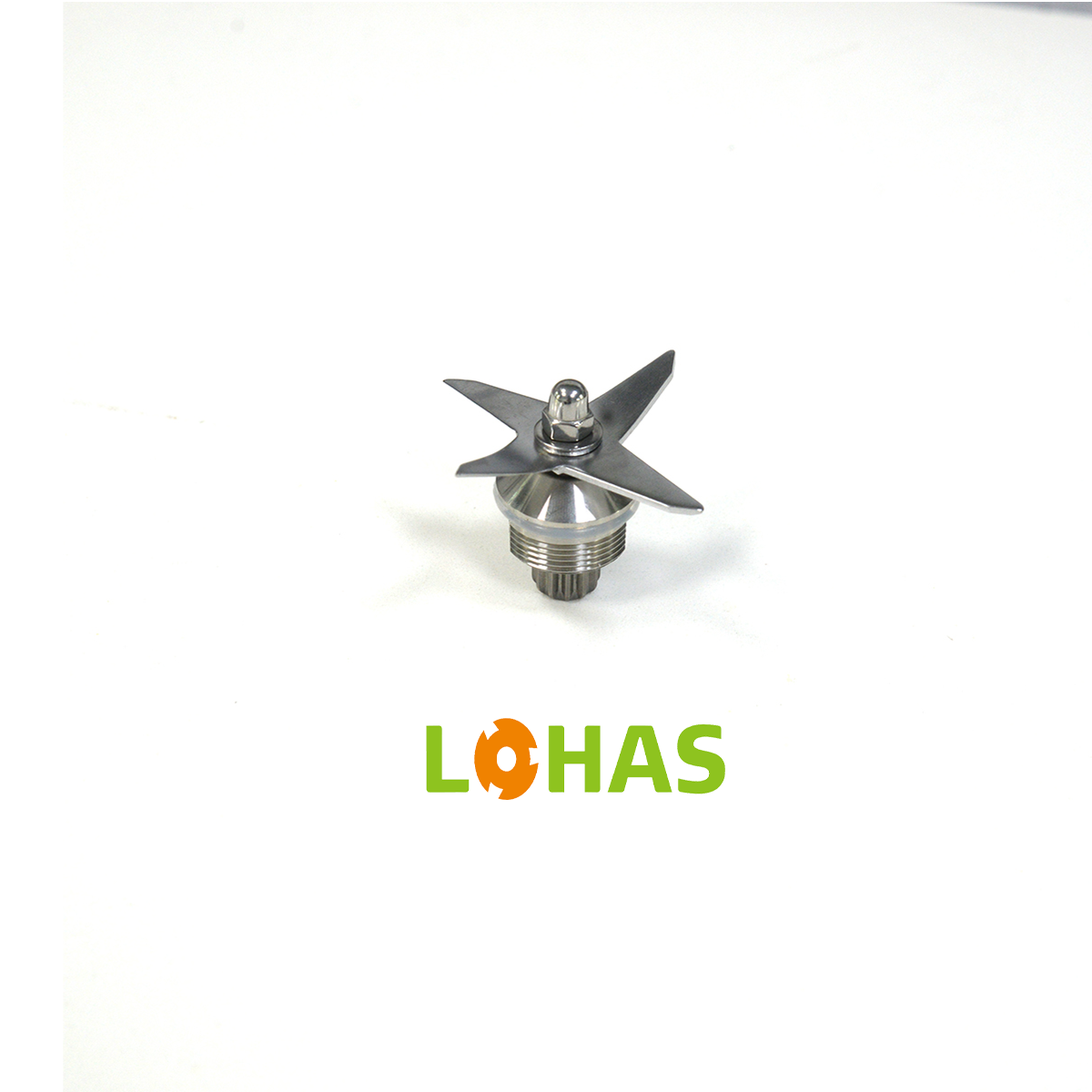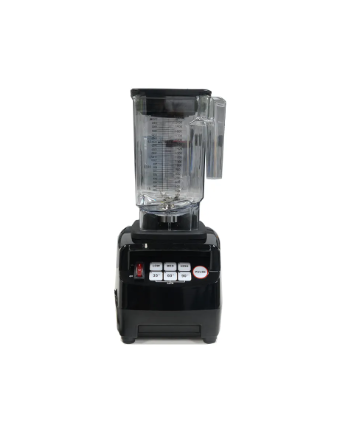Limpo Mixer Acessórios Antes do Armazenamento
Remoção de Resíduos Alimentares e Gordura
Limpeza completa mixer acessórios é essencial para manter sua durabilidade. Para começar, garanto que todas as peças sejam enxaguadas com água morna e sabão para remover partículas difíceis de alimentos. Usar uma escova macia é benéfico para limpar áreas de difícil acesso, como a base das lâminas e compartimentos internos. Às vezes, a gordura pode ser particularmente difícil de remover, e nesses casos, opto por agentes de limpeza naturais como vinagre ou bicarbonato de sódio. Essas substâncias quebram eficazmente a gordura sem danificar as superfícies. É crucial eliminar todos os resíduos, pois quaisquer partículas de alimentos deixadas podem levar ao crescimento de mofo, comprometendo a condição dos acessórios.
Técnicas de Secagem para Prevenir Ferrugem
Técnicas adequadas de secagem são essenciais para prevenir ferrugem em componentes do liquidificador. Eu sempre permito que todas as peças sequem completamente ao ar, evitando o acúmulo de umidade que poderia levar à ferrugem. Para acelerar o processo, utilizo panos de cozinha limpos e sem fiapos, secando cada peça cuidadosamente. Alternativamente, colocar os acessórios em uma escorredor de pratos em um local bem ventilado favorece a circulação de ar ao redor deles, garantindo uma secagem completa. Além disso, para peças de aço inoxidável, aplicar uma fina camada de óleo mineral cria uma barreira protetora contra a ferrugem. Esse método reforça a durabilidade dos componentes metálicos, mantendo-os em perfeitas condições para uso futuro.
Estratégias Organizacionais para Peças de Liquidificador
Recipientes Compartimentados para Pequenas Peças
Para organizar eficientemente as peças pequenas de liquidificadores, investir em recipientes com compartimentos pode ser bastante benéfico. Verifico que recipientes plásticos transparentes com divisões funcionam melhor; eles permitem uma fácil categorização e acesso aos itens. Rotular cada compartimento aumenta ainda mais a velocidade de localização, minimizando erros durante o uso. Recipientes empilháveis podem ser particularmente úteis para maximizar o espaço vertical, especialmente quando há pouco espaço nas bancadas. Para uma abordagem mais econômica, recipientes reutilizados, como potes de temperos ou formas de muffin, podem oferecer soluções criativas de organização sem perder a funcionalidade.
Tiras Magnéticas para Acessórios Metálicos
Utilizar tiras magnéticas é uma estratégia eficaz de organização para acessórios metálicos de liquidificadores. Ao instalar essas tiras dentro de gavetas da cozinha ou em paredes, posso armazenar os acessórios metálicos com segurança e fora do alcance, aumentando assim a segurança e a eficiência do espaço. Verificações regulares garantem que a aderência da tira permaneça eficaz ao longo do tempo, evitando quedas inesperadas. Além disso, codificar por cores os acessórios não só adiciona um elemento visualmente agradável à solução de armazenamento, mas também ajuda a identificar rapidamente o acessório certo para a tarefa em questão.
Soluções de Armazenamento Protetoras para Evitar Danos
Mangas de Silicone para Lâminas Afias
Investir em mangas de silicone de alta qualidade para as lâminas afiadas do seu liquidificador é essencial para proteger tanto as lâminas quanto os usuários contra acidentes potenciais. Essas capas protetoras reduzem significativamente o risco de cortes ou lesões, oferecendo uma barreira amortecida que evita impactos e o desgaste ao longo do tempo. Para garantir a máxima proteção, certifique-se de que as mangas se encaixam firmemente sobre cada lâmina e são feitas de materiais seguros para alimentos. Uma manga de silicone bem ajustada não só prolonga a vida útil das suas lâminas, mas também mantém sua eficácia durante o preparo dos alimentos.
Bandejas Empilháveis para Componentes Volumosos
Bandejas empilháveis oferecem uma maneira eficiente de armazenar componentes grandes de liquidificadores, como motores ou jarros, sem desorganizar o espaço da sua cozinha. Elas são projetadas para segurar esses itens com segurança, frequentemente com superfícies antiderrapantes que mantêm os acessórios no lugar durante o armazenamento. Bandejas empilháveis transparentes são particularmente úteis, permitindo identificar rapidamente o conteúdo sem precisar abrir cada uma. Rotular essas bandejas garante que você encontre itens específicos com facilidade, economizando tempo e reduzindo frustrações ao buscar peças do liquidificador.
Condições Ambientais Ideais para Longevidade
Evitando Umidade e Extremos de Temperatura
Para garantir a durabilidade dos acessórios do liquidificador, é fundamental armazená-los em condições ideais. Um local fresco e seco é o mais indicado para prevenir o crescimento de mofo e a degradação dos materiais. Isso é particularmente importante para vedações e juntas de borracha, que podem se deteriorar mais rapidamente em ambientes úmidos. É aconselhável evitar armazenar os acessórios perto de fogões ou máquinas de lavar louça, que podem gerar vapor e calor excessivo, pois isso pode danificá-los ao longo do tempo. Se você mora em um clima úmido, considere investir em um desumidificador para manter condições ideais de armazenamento. Monitorar regularmente a temperatura do local de armazenamento também pode ajudar a garantir que ela permaneça dentro da faixa recomendada, preservando assim a integridade das peças do seu liquidificador.
Proteção UV para Peças Plásticas
Proteger os componentes plásticos da exposição aos raios UV é essencial para evitar desbotamento e fragilidade. A luz solar direta pode causar danos significativos ao longo do tempo, portanto, o ideal é armazenar essas peças longe de janelas, sempre que possível. O uso de recipientes de armazenamento com proteção contra raios UV pode oferecer uma camada adicional de proteção, garantindo a segurança dos materiais. Em situações onde a exposição prolongada for inevitável, aplicar revestimentos resistentes a UV nas peças plásticas pode ser uma medida prudente. Além disso, considere utilizar coberturas para janelas a fim de filtrar a luz intensa e minimizar danos causados pelos raios UV, preservando a durabilidade dos acessórios do liquidificador. Ao fazer isso, podemos prolongar a vida útil desses itens e manter sua funcionalidade.
Manutenção Rotineira para Uso Prolongado
Inspeções Mensais para Desgaste e Danos
Inspeccionar regularmente os componentes do seu liquidificador é uma prática essencial para garantir durabilidade e desempenho. Ao incluir uma rotina mensal de verificação, você pode monitorar os componentes em busca de sinais de desgaste e garantir substituições oportunas. Foque em partes como juntas, vedações e lâminas, que tendem a se deteriorar mais rapidamente devido ao uso frequente. Documentar os resultados das inspeções oferece um histórico de manutenção que pode ser útil para solucionar problemas futuros. Manter uma lista de verificação estruturada durante as inspeções pode agilizar o processo, assegurando que nenhum componente passe sem revisão e aumentando a longevidade do seu aparelho.
Lubrificar Peças Móveis Anualmente
Lubrificar peças móveis é outro aspecto essencial de manter um mixer para uso a longo prazo. Engrenagens e outros componentes devem ser lubrificados anualmente usando lubrificantes seguros para alimentos, o que pode aumentar significativamente a funcionalidade ao reduzir o atrito. No entanto, deve-se ter cuidado para não usar lubrificante em excesso, pois o acúmulo pode atrair sujeira, potencialmente reduzindo o desempenho. Seguir as recomendações do fabricante quanto aos tipos apropriados de lubrificante e às quantidades de aplicação manterá seu aparelho funcionando suavemente, prolongando assim sua vida útil. A lubrificação regular é um investimento no desempenho consistente e na confiabilidade do liquidificador.
Perguntas Frequentes
Com que frequência devo limpar os acessórios do meu liquidificador?
É recomendável limpar os acessórios do liquidificador após cada uso para evitar o acúmulo de resíduos de alimentos e manter seu estado.
Agentes de limpeza naturais como vinagre e bicarbonato de sódio podem danificar as peças do meu liquidificador?
Não, agentes de limpeza naturais como vinagre e bicarbonato de sódio são seguros, pois dissolvem a gordura sem danificar as superfícies.
Por que é importante secar completamente as peças do liquidificador?
A secagem completa evita a formação de ferrugem e mantém a qualidade das peças para uso futuro.
Como posso evitar danos por UV nas peças plásticas do liquidificador?
Armazenar as peças plásticas longe de janelas e usar recipientes com proteção contra UV pode ajudar a evitar desbotamento e fragilidade.
Sumário
- Limpo Mixer Acessórios Antes do Armazenamento
- Estratégias Organizacionais para Peças de Liquidificador
- Soluções de Armazenamento Protetoras para Evitar Danos
- Condições Ambientais Ideais para Longevidade
- Manutenção Rotineira para Uso Prolongado
-
Perguntas Frequentes
- Com que frequência devo limpar os acessórios do meu liquidificador?
- Agentes de limpeza naturais como vinagre e bicarbonato de sódio podem danificar as peças do meu liquidificador?
- Por que é importante secar completamente as peças do liquidificador?
- Como posso evitar danos por UV nas peças plásticas do liquidificador?

